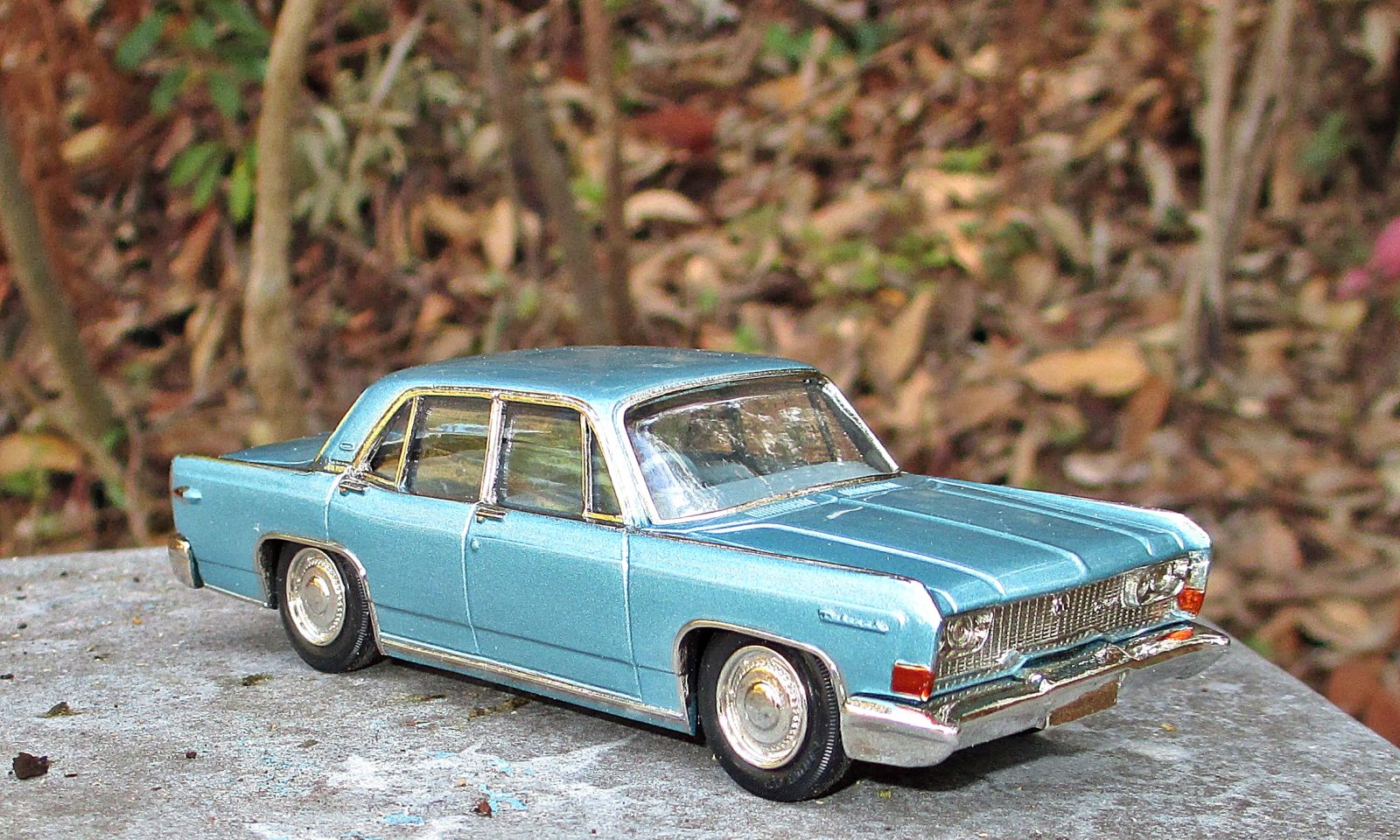
Debonair – it means elegant, stylish, chic, tasteful. In other words, everything I am not. So in order to bring a bit more of that into my life, I needed this model.
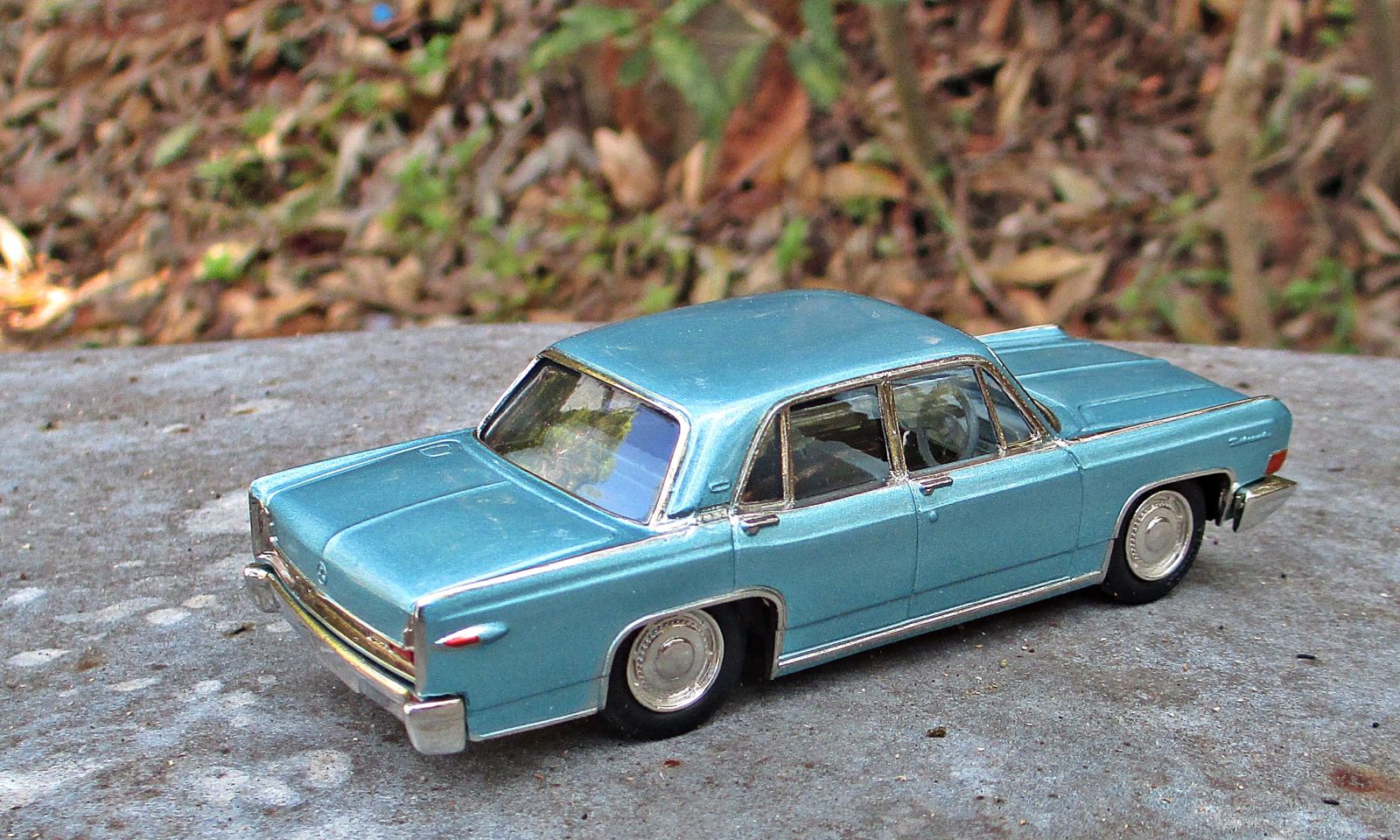
The Debonair was Mitsubishi’s competitor to the Nissan Cedric, Prince Gloria, Isuzu Bellel, and Toyota Crown. During the first-generation’s production, the appearance remained generally unchanged from 1964 until 1986, sharing a tradition with the Toyota Century, that being iconically recognized as a senior executive sedan exclusive to the Japanese domestic market.

The Debonair was largely the result of former General Motors designer Hans S. Bretzner. The result was obviously influenced by the 1961 Lincoln Continental designed by Elwood Engel, as evidenced by the slab-sided body panels, squared wheel wells, extended protrusions at the front of the vehicle, wraparound turnsignals in the front, and tapered fins at the rear, with a rear tail light cluster.
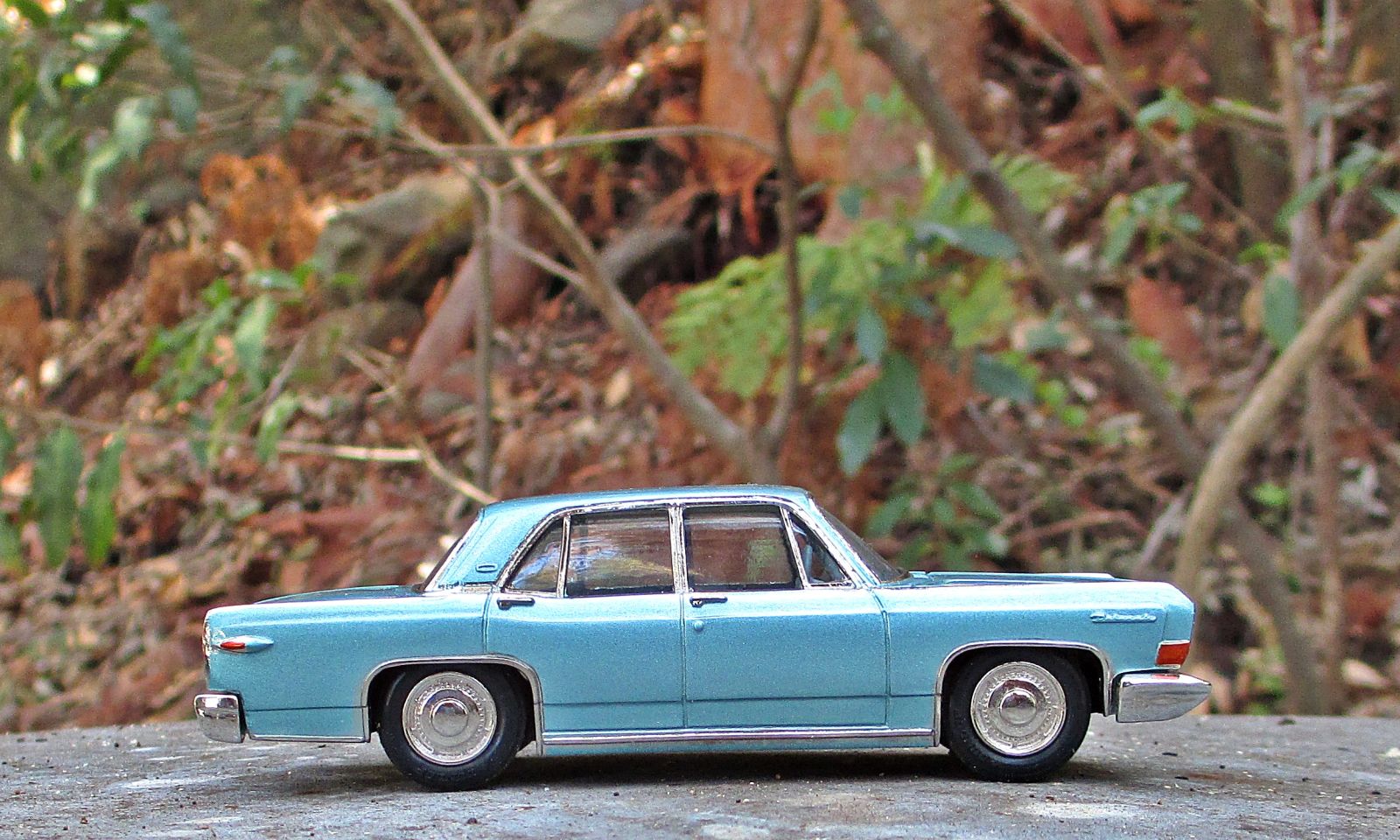
There were minor facelifts during the 22 year run of the Debonair, with this one being the “A30" model as made up to 1970. The main differentiating feature here are the “L” shaped tail lights. Under the hood, Mitsubishi usually installed their latest engines. Originally there were inline sixes, later four cylinder units. Power and performance was never the point of cars like the Debonair.
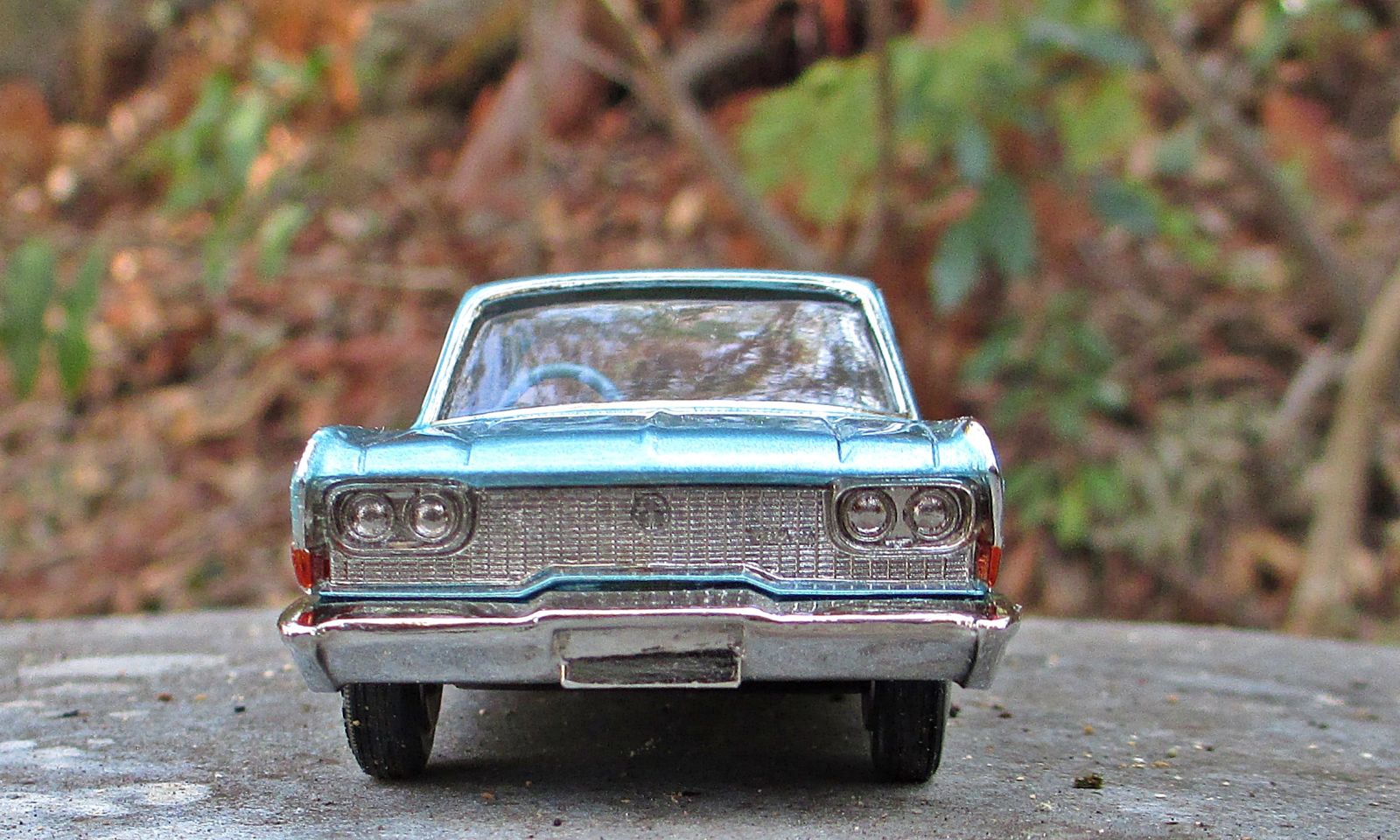
After 1976, only an Automatic transmission was available, keeping in character with the car. In April 1978, responding to tightened emissions standards, Mitsubishi introduced a de-smogged model and the chassis code was changed to A33.

Amazingly, the outdated first generation Debonair continued in production until the summer of 1986. By the end, its availability was largely academical: in its last full year of production (1985) a mere 205 units were sold in Japan.
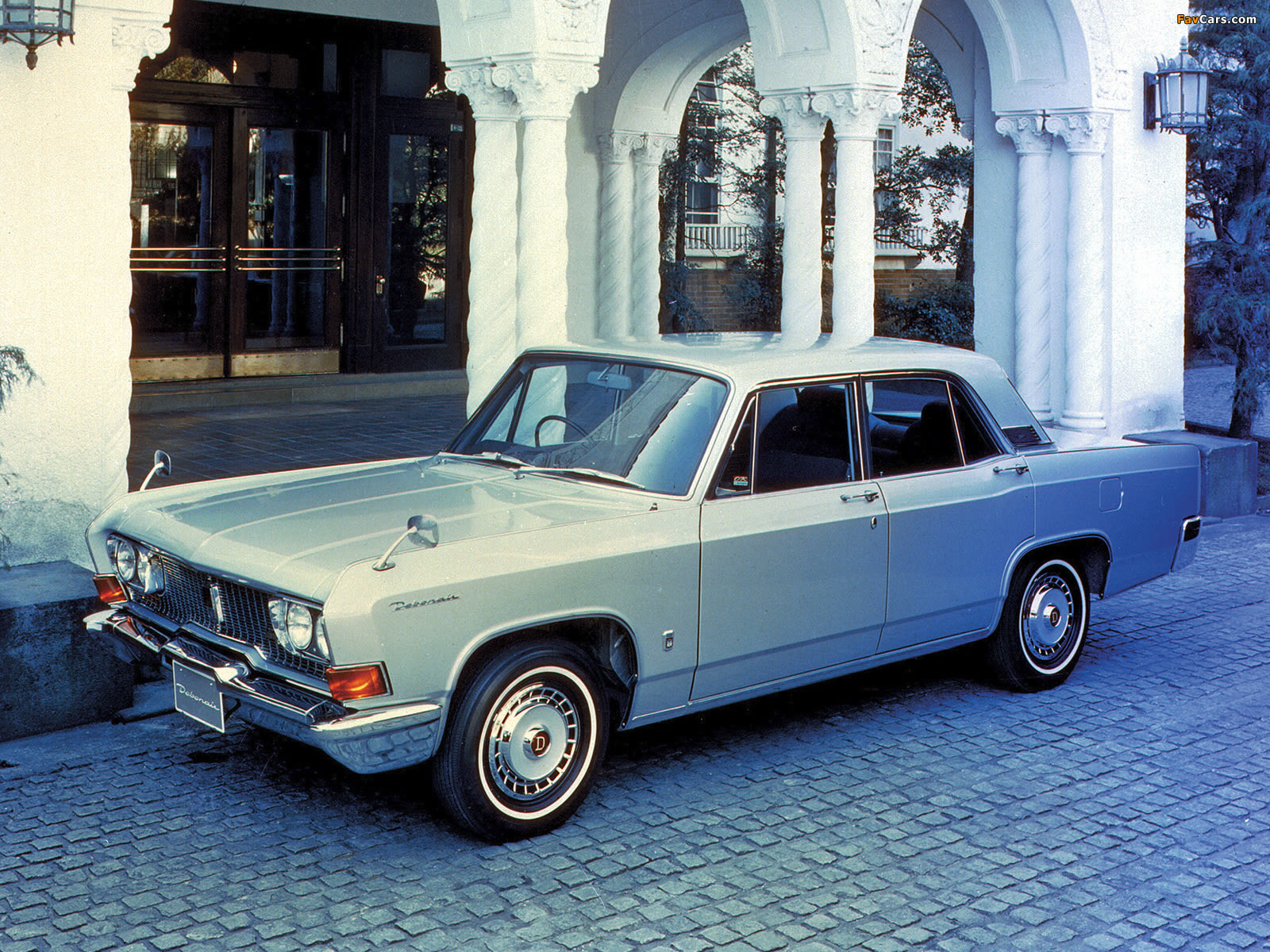
The model shown here is a 1/43 White Metal release by “Fine Model” - a series of diecast from the Japaese “II Ado” model car shop. This shop took matters into their own hands several times and produced old Japanese cars that at this stage no one had bothered with.
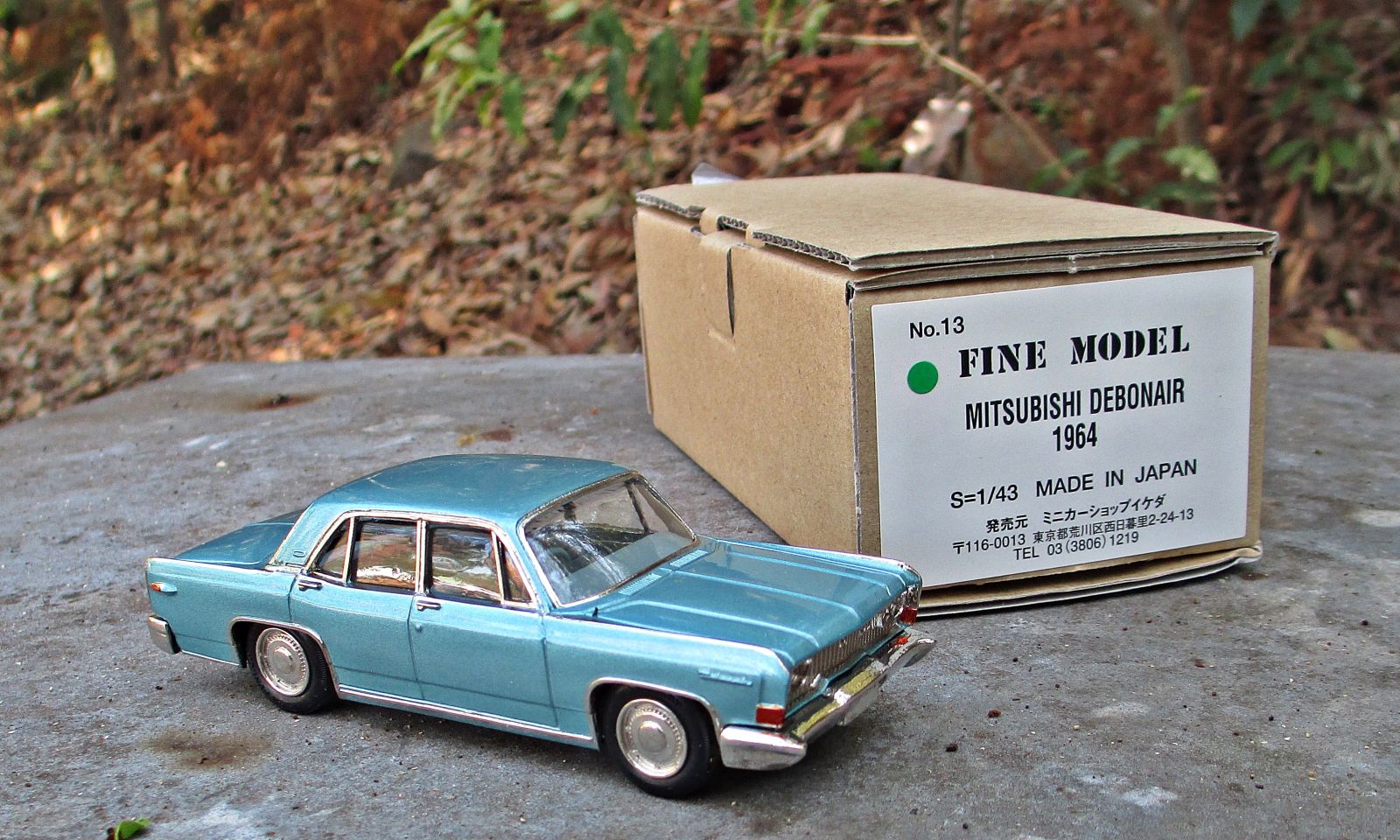
The range of Ebbro and TLV models seems to have put an end to this cottage manufacturing, but I find myself increasingly drawn to these models. The quality is obviously excellent - but there is also the tactile factor. This model is a true heavy weight.
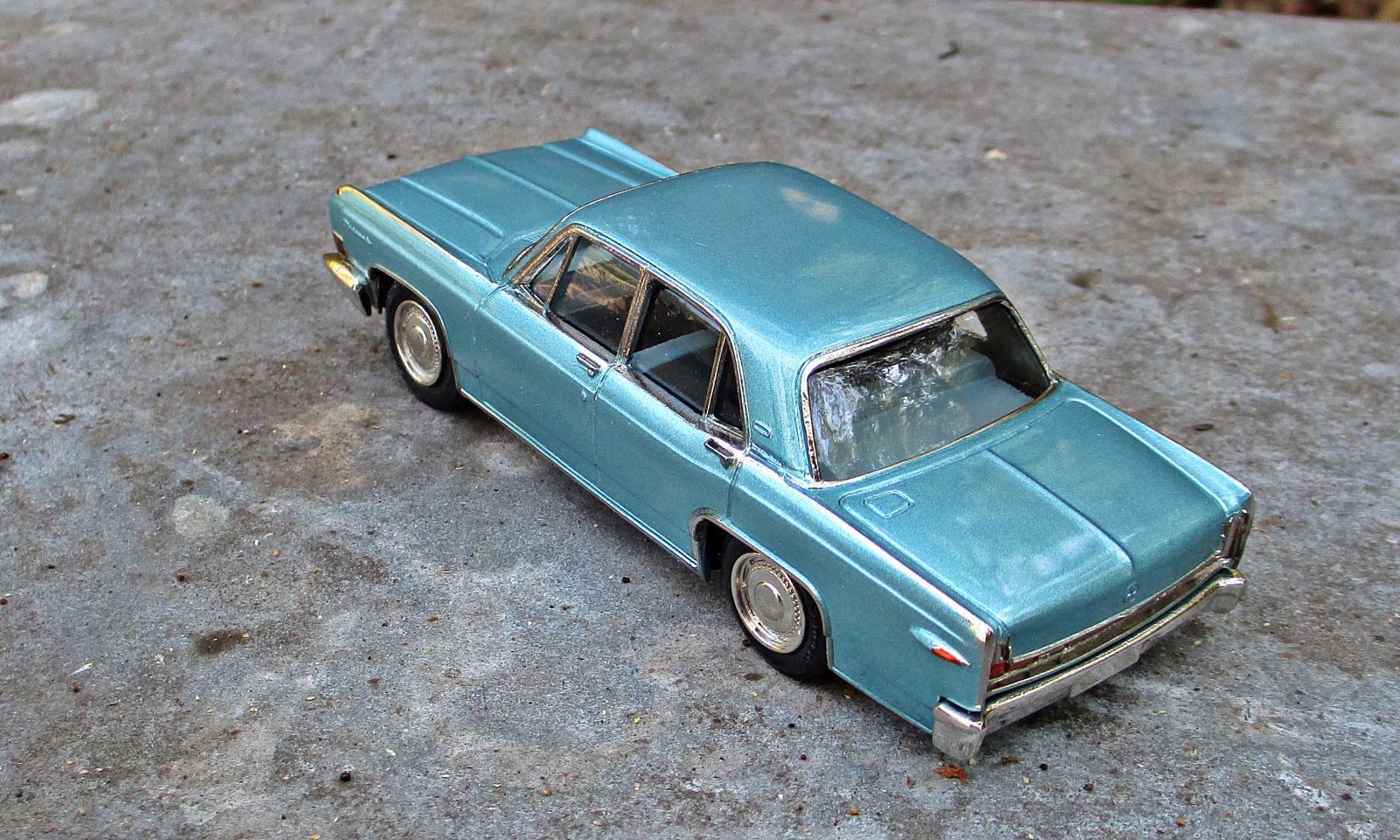
And that’s all for today, enjoy your Sunday and try to be a little more Debonair...